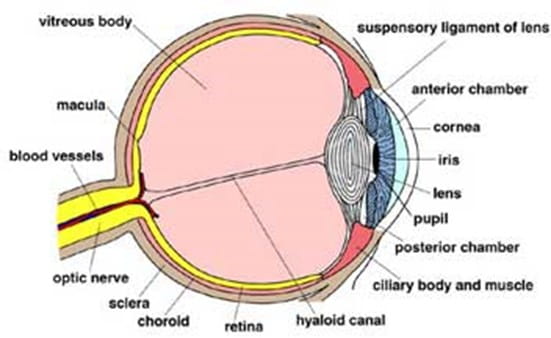What is a Cataract Extraction?

Cataract is a common cause of poor vision in older adults but can also occur in babies and children. It can be caused by injury to the eye, a problem with the child's general health or it can be passed on to the child by heredity.
The ophthalmologist (eye doctor) may order tests to help find the cause. However, in many cases, no cause can be found. Cataract surgery is a major surgery that is done in the operating room.
Some children, usually older than 1 year of age at the time of surgery, may benefit from the implantation of an intraocular lens at the time of the cataract extraction.
During the Procedure
Your child will be asleep for the entire surgery and will not feel any pain or any other sensations. They will be monitored by nurses and doctors throughout the procedure.
The ophthalmologist will make an incision (cut) on the side of the cornea, which is the clear, dome-shaped surface that covers the front of the eye. The cataract is removed from the eye, and a lens implant will be inserted if appropriate. The doctor will place a few stitches to close the incision. These may dissolve on their own or may need to be removed by the doctor at a later time.
After the Procedure
Young infants will usually stay in the hospital overnight for observation. Older infants and children usually go home the same day and are seen the next day for an after surgery visit.
The doctor will provide post-surgery instructions, including the use of eye drops and / or ointment to help with healing and protection from infection.
Your child should not have any pain, although some children and infants may be fussy, tired and disoriented. They may have some nausea and / or vomiting from the anesthesia.
The patient will also need to wear a metal eye shield to help protect the eye for several weeks after surgery. Discourage your child from rubbing or pressing on their eye.
After surgery, the doctor will follow your child’s care closely. For long-term care, children will need to wear glasses, bifocals and / or contact lenses after surgery to get the best vision. They may also need to wear a patch over the unaffected eye to improve vision. The doctor will determine how long the patch will need to be worn during your child’s follow-up visits.



